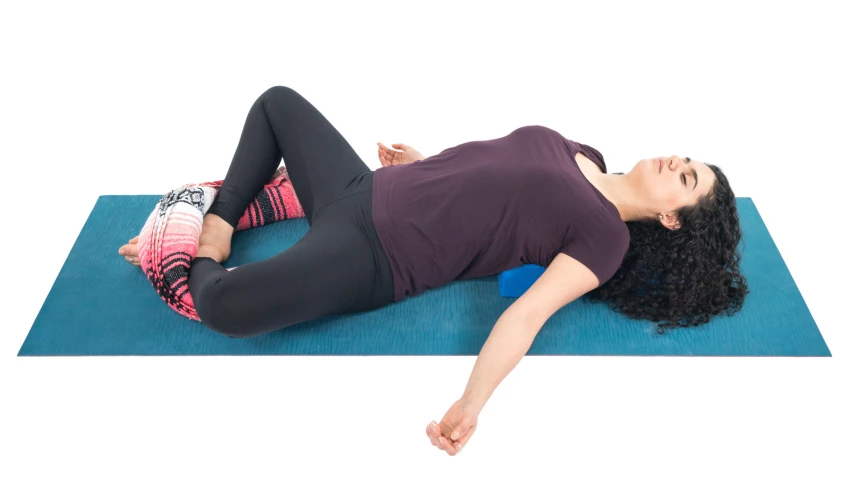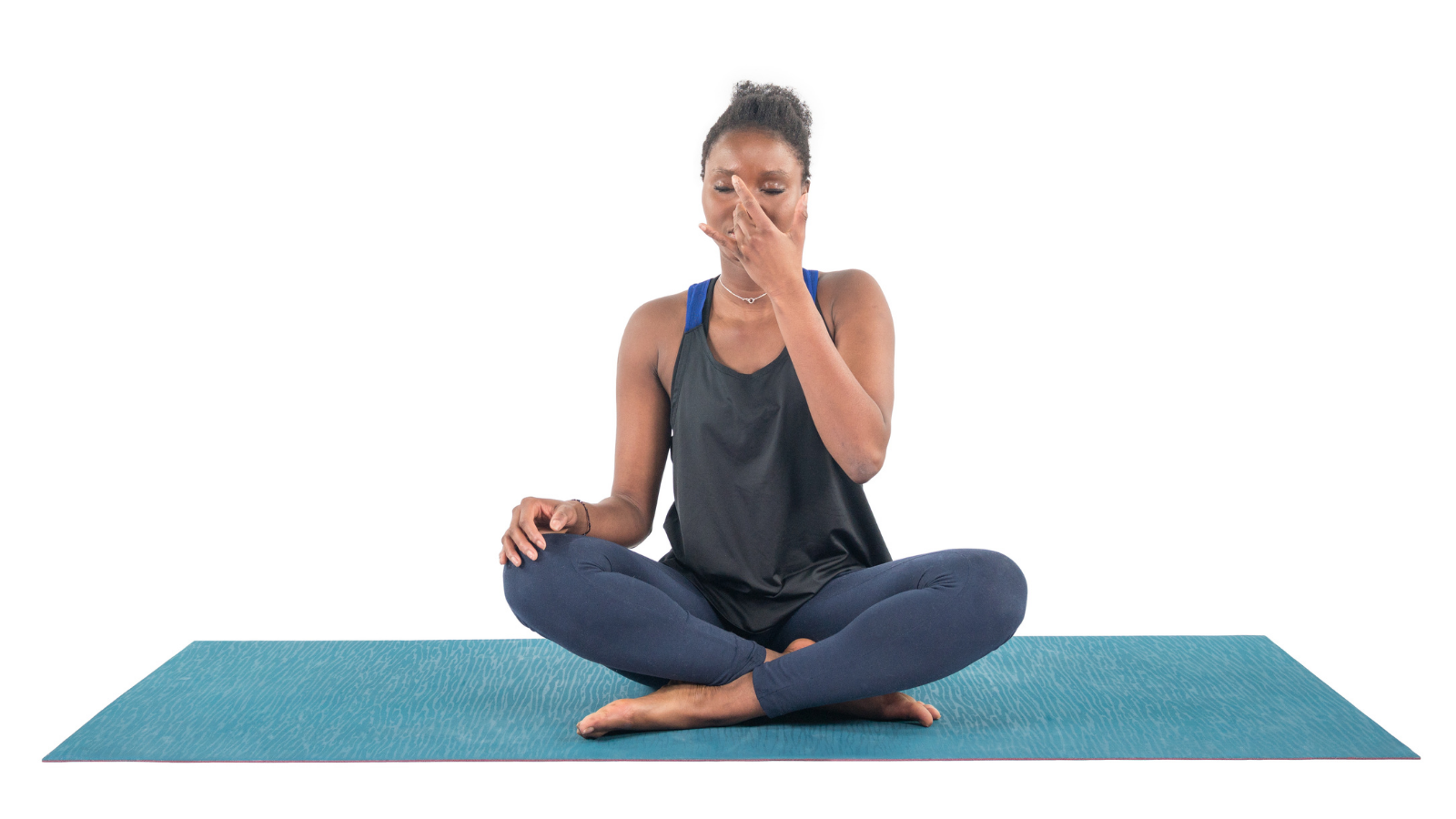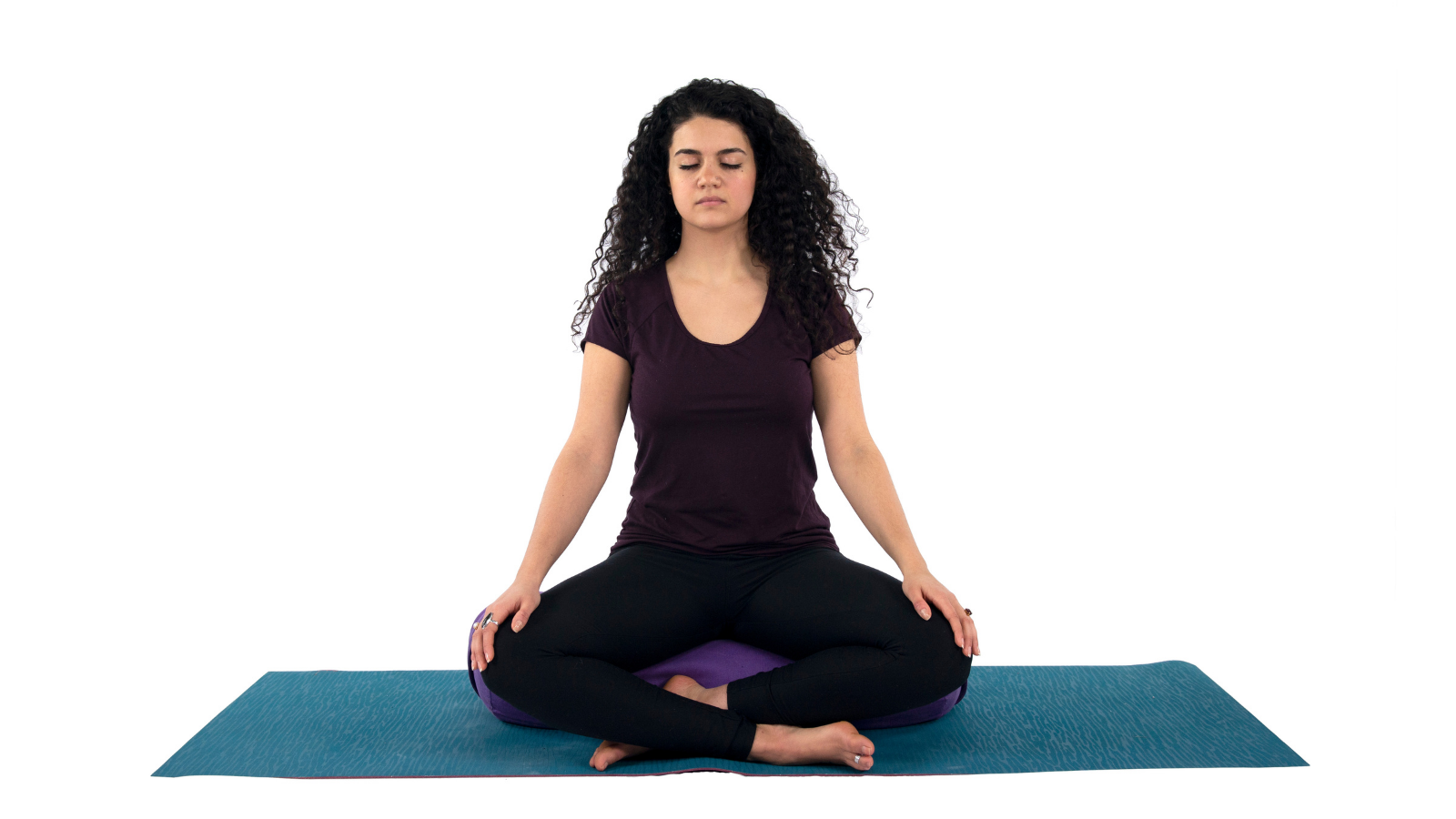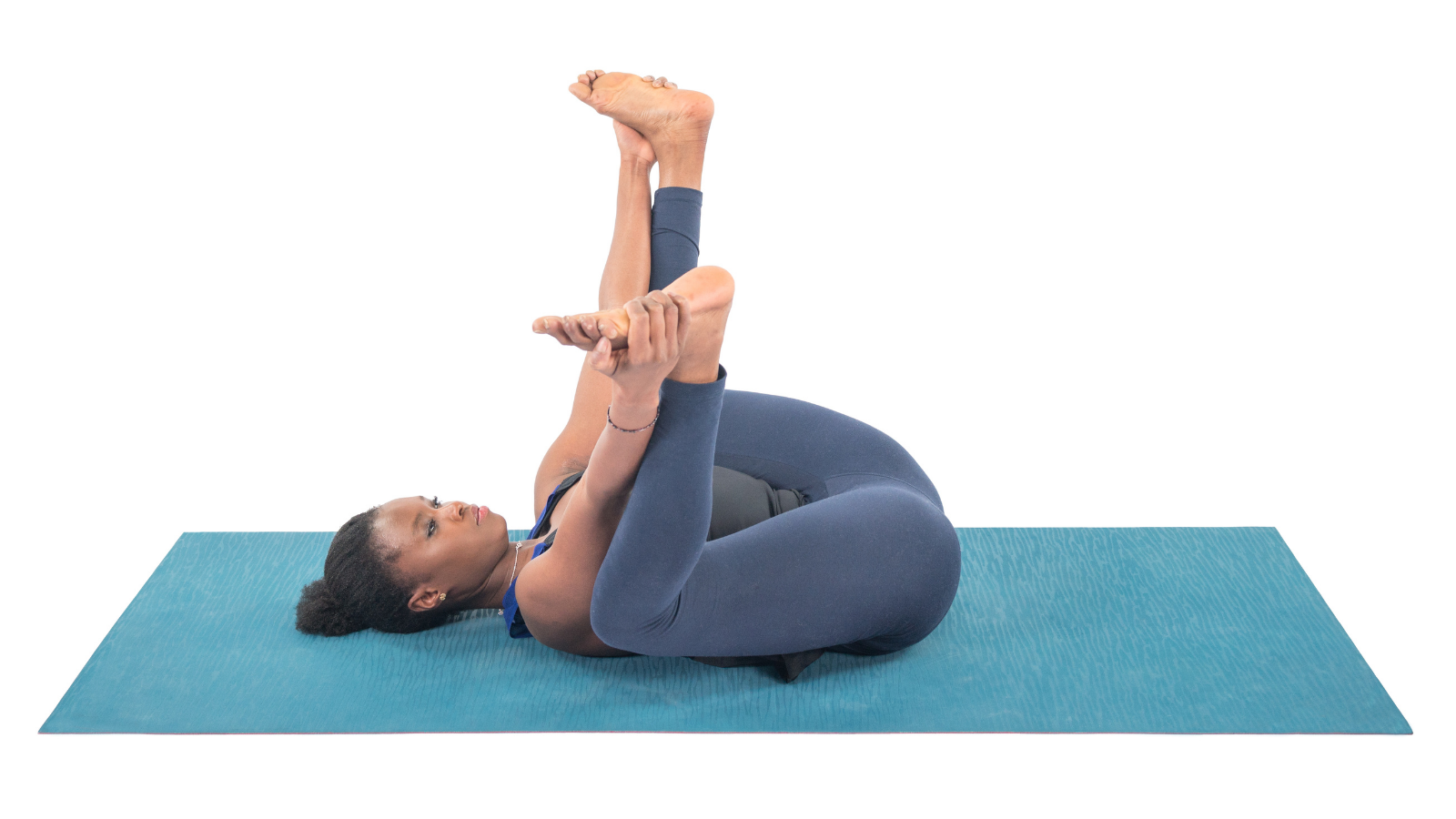3 Yoga Practices to Support Pelvic Floor Health

Article At A Glance
The pelvic floor muscles support the bladder and bowels. In females, they also support the uterus, and in males, they also support the prostate. They’re a collective group of muscles that create a sling of structure and scaffolding at the base of the pelvis.
For many, the pelvic floor muscles are chronically contracted and tight, which can lead to a plethora of issues (like constipation or incontinence) and painful circumstances (like pelvic floor tension myalgia or dyspareunia).
But thankfully, yoga is a powerful tool to help relax these oft-constricted muscles and release their tight grip. And yoga for pelvic floor health doesn’t need to be complicated or elaborate either. A few simple yogic practices may help to alleviate discomfort, tightness, and/or pain.
Try These 3 Simple Yoga Practices to Relax Your Pelvic Floor Muscles
These straightforward practices will help to support the health and wellbeing of your pelvic floor muscles.
1. Practice Diaphragmatic Breath
 Pranayama, or breathwork, is one of the easiest and most effective ways to affect your pelvic floor muscles. This is because the movement of the diaphragm and the pelvic floor mimic each other.
Pranayama, or breathwork, is one of the easiest and most effective ways to affect your pelvic floor muscles. This is because the movement of the diaphragm and the pelvic floor mimic each other.
When you inhale, your respiratory diaphragm moves downward and increases the pressure in your abdominal cavity. This causes your pelvic floor muscles to also move downward, and this action creates a slight stretch in these muscles (via an eccentric contraction).
When you exhale, your respiratory diaphragm lifts up and the pressure in your abdominal cavity decreases. When this happens, your pelvic floor muscles follow and also lift up slightly.
Ultimately, your pelvic floor muscles move in conjunction with your respiratory diaphragm with each breath that you take.
So if you’re able to fully utilize your respiratory diaphragm with each breath that you take, then your pelvic floor muscles will experience a slight stretch with each inhalation (as they eccentrically contract) and a slight contraction with each exhalation (as they concentrically contract).
Both stretching and strengthening these deep muscles with every breath will essentially work toward creating optimal pelvic floor health.
Not only this, but breathwork directly affects the nervous system, which is ultimately responsible for all muscle tone. If you can actively calm and soothe the nervous system by focusing on deep breathing, then you can teach your pelvic floor muscles to relax by teaching your entire nervous system to relax.
2. Relax Mula Bandha
 Mula bandha, or root lock, is an oft-cited element of the yoga practice. In some styles of yoga, this key bandha is held throughout the duration of a yoga practice. In some other styles, this pelvic floor activation is instructed during challenging parts of the practice (like balance poses, inversions, or arm balances).
Mula bandha, or root lock, is an oft-cited element of the yoga practice. In some styles of yoga, this key bandha is held throughout the duration of a yoga practice. In some other styles, this pelvic floor activation is instructed during challenging parts of the practice (like balance poses, inversions, or arm balances).
Traditionally, mula bandha was utilized during seated pranayama and meditation practices—not in the physical asana practice. However, in a modern context, this has been extensively transferred over to physical practice.
While having a strong pelvic floor is important for pelvic floor health, having an over-contracted and nonmobile pelvic floor is detrimental to overall pelvic floor health. This is why it is often advisable in yoga for pelvic floor health to actually soften, relax, and release mula bandha.
Since the pelvic floor naturally moves with each breath, you can allow the inherent wisdom of the body to do its organic magic as you move through your yoga practice. Try to release mula bandha in your practice and notice if anything changes.
3. Practice Relaxing Yoga Postures
 There are countless relaxing yoga postures that you can utilize to soften and relax chronically tight pelvic floor muscles.
There are countless relaxing yoga postures that you can utilize to soften and relax chronically tight pelvic floor muscles.
Some yoga poses put your body into a relaxing position to soften and downregulate your nervous system. Others help to physically stretch the muscles of your pelvic floor or put you in an optimal position to visualize the relaxation and release of your pelvic floor muscles, which is incredibly powerful.
You don’t need to do anything fancy to target these muscles, you just need to find a relaxing position for yourself. Some great yoga for pelvic floor postures to try include Child’s Pose (Balasana) (below), Garland Pose (Malasana), Happy Baby (Ananda Balasana) (above), Bridge Pose (Setu Bandhasana), and Reclined Bound Angle Pose (Supta Baddha Konasana). If any of these poses don’t feel great for you, then simply find any comfortable position where you can relax and visualize release.
Yoga for Pelvic Floor Health Doesn’t Need to Be Fancy to Be Effective
While these practices might seem really simple and even trivial, they can truly make a world of difference. When muscles are chronically tight or contracted, the best line of defense is to target the nervous system for relaxation. When it comes to the pelvic floor muscles, it’s super easy to target and release them while also targeting the nervous system because they are so actively involved in every breath that we take.
Try working with these simple but highly effective yoga for pelvic floor health practices consistently. You just might find that these manageable and straightforward practices make a world of difference.
Also, read...
A Daily Yoga Sequence for Pelvic Pain
Yoga for Pelvic Floor Health: Why Kegels May Do More Harm than Good
Study Shows that Muscle Strength Predicts Better Cognitive Functioning
Related courses

Leah Sugerman is a yoga teacher, writer, and passionate world traveler. An eternally grateful student, she has trained in countless schools and traditions of the practice. She teaches a fusion of the styles she has studied with a strong emphasis on breath, alignment, and anatomical integrity. Leah teaches workshops, retreats, and trainings, both internationally and online. For more information, visit www.leahsugerman.com.



